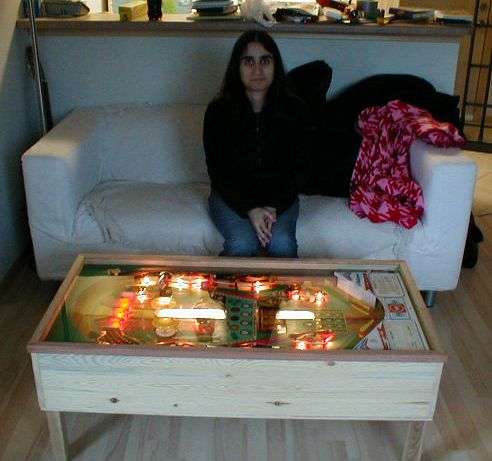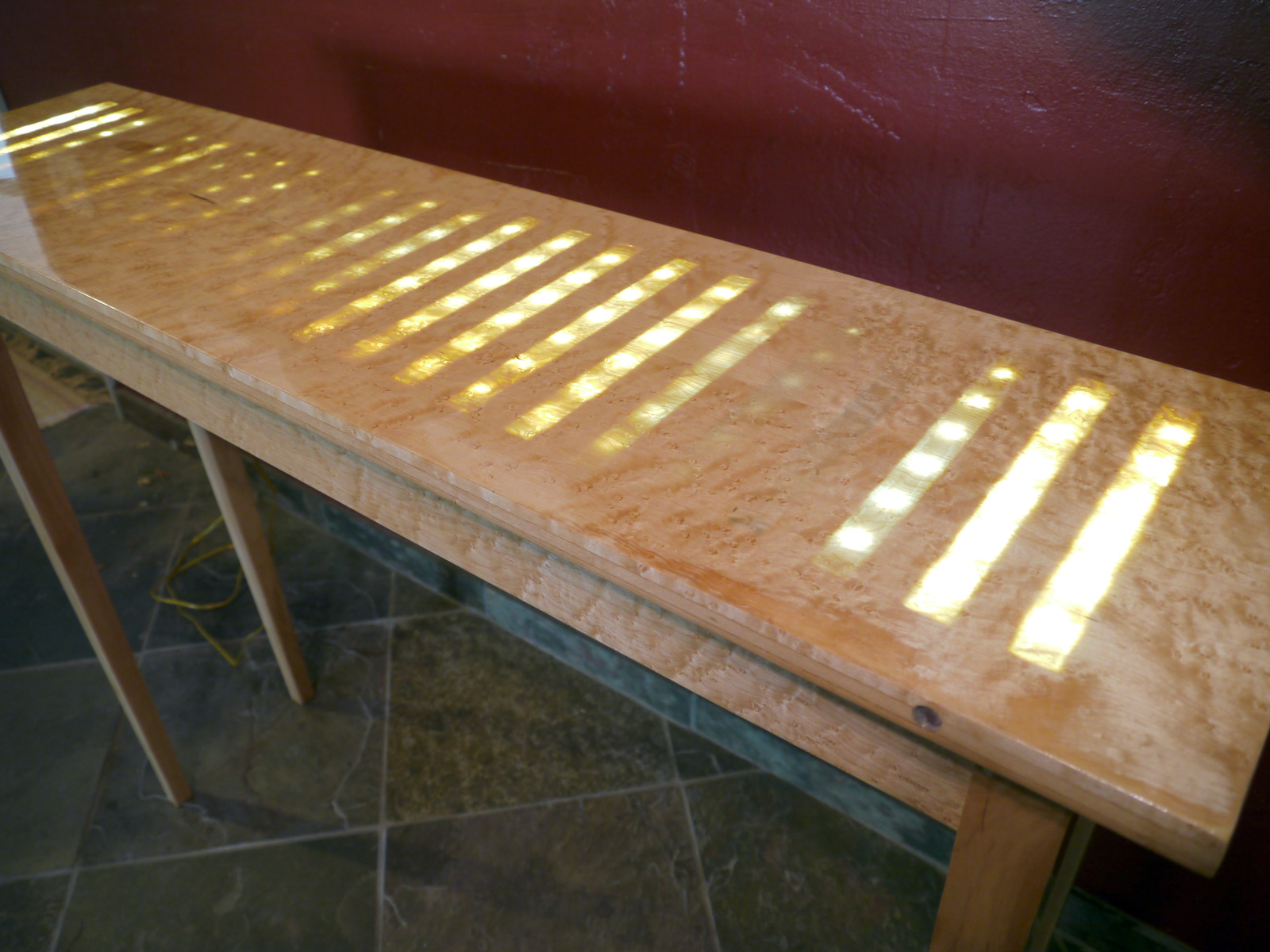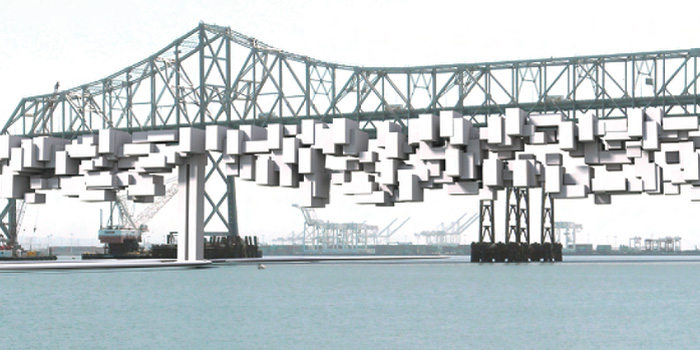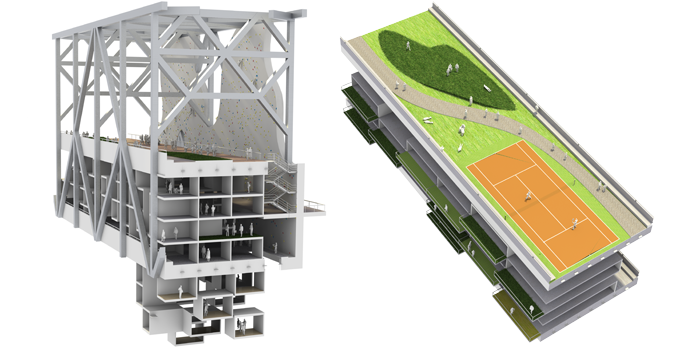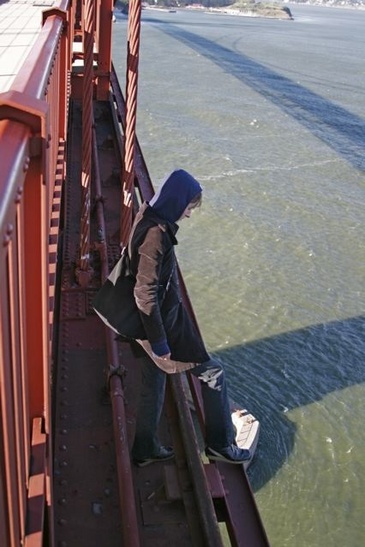
It’s that time of year again, where we (and by “we,” I mean “The Marin County Coroner’s Office”) tally up the number of jumpers from the World’s Leading Suicide Magnet, YOUR GOLDEN GATE BRIDGE!
A drumroll please….
If you chose 31, congratulations! You win a year’s supply of Rice-a-Roni – The San Francisco Treat *ding* ding*. Yes, 31 successfully took the plunge in 2009 (That’s one every 11 days!), and another 77 managed to screw it up (like everything else in their miserable lives) and got stopped by staff. (Another year without a local Lai Jiansheng “helping” anyone.)
So what about the $50 million net that was approved back in aught-eight? Well, that’s still in limbo, since the Bridge District has forbid local money to be used for the nets, and now the Bridge Rail Foundation is trying to get federal funds.
Is 31 a lot? The Pro-Net folks would no doubt saying something vacuous like “Even a single jumper is one too many,” but let’s look the numbers. 31 is 72% more than then average since the bridge opened in 1937, but is that number really meaningful? The Bay Area’s population has been steadily increasing, so what about the “success” rate? There are over 7 million people in the Bay Area today. In 1940 there was less than 2 million. Perhaps if we want more informative numbers, we should look at this instead in terms of suicides per capita.
Unfortunately, I don’t have the number of jumpers per decade, but
the SF Examiner, provided a helpful table of the number of jumpers over the last eight years, that show that every year was “above average.”
UPDATE: Tue Jan 26 00:23:45 PST 2010
I realized that I did have the number of “splash hits” each year that the bridge opened, thanks to the Chron. The Chron’s count differs slightly from the Examiner’s, but not enough to matter. (The Chron counts one more in both 2002 and 2004.) Coupling this with Bay Area population stats, I calculated the GGB Suicides Per Capita.

While I haven’t bothered to do any sort of significance testing, it appears that for the last 30 years, the number of successful suicides has remained constant after controlling for population. In fact, it appears pretty much constant for 4 of the last 5 decades. So just as I suspected, the “above average” statement is a bit misleading.
If anyone wants to look at the numbers, I’m posting a CSV of the numbers.


